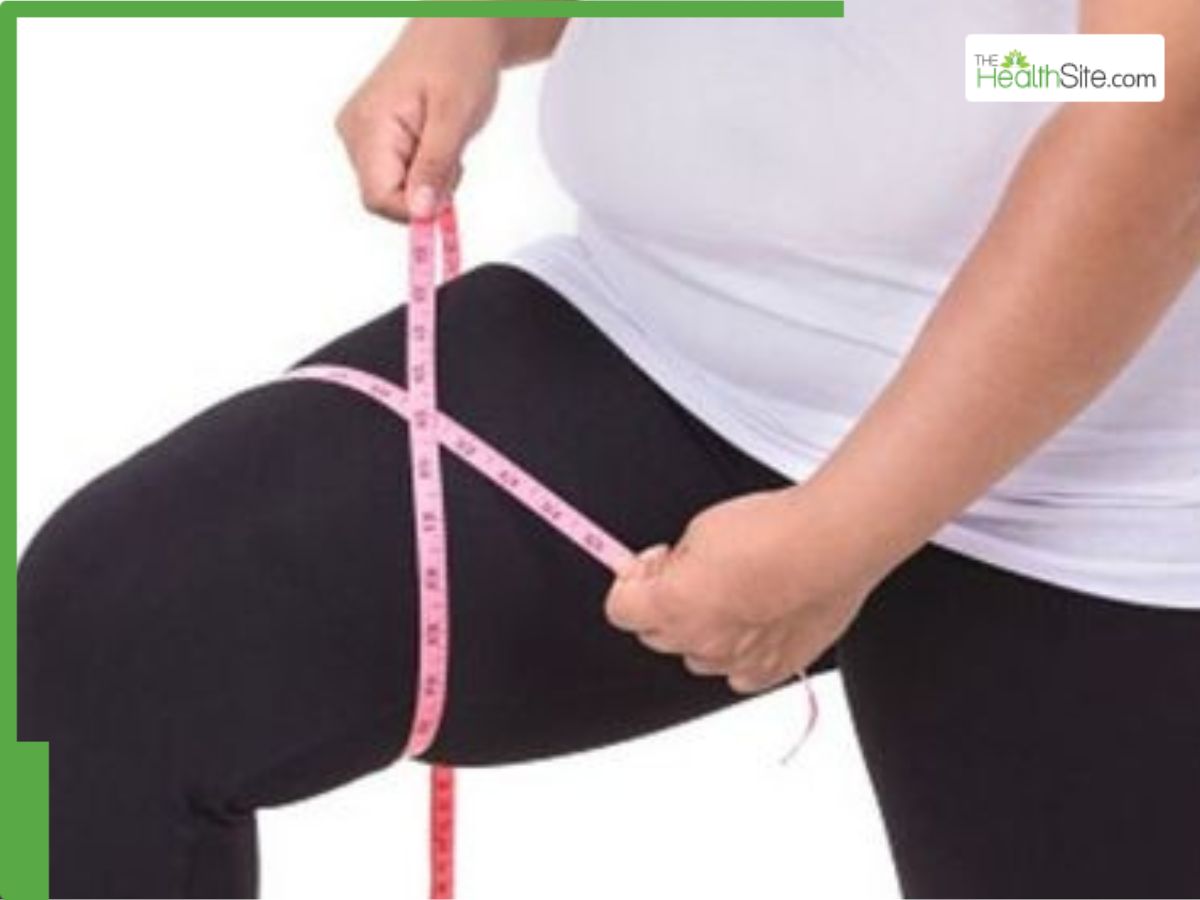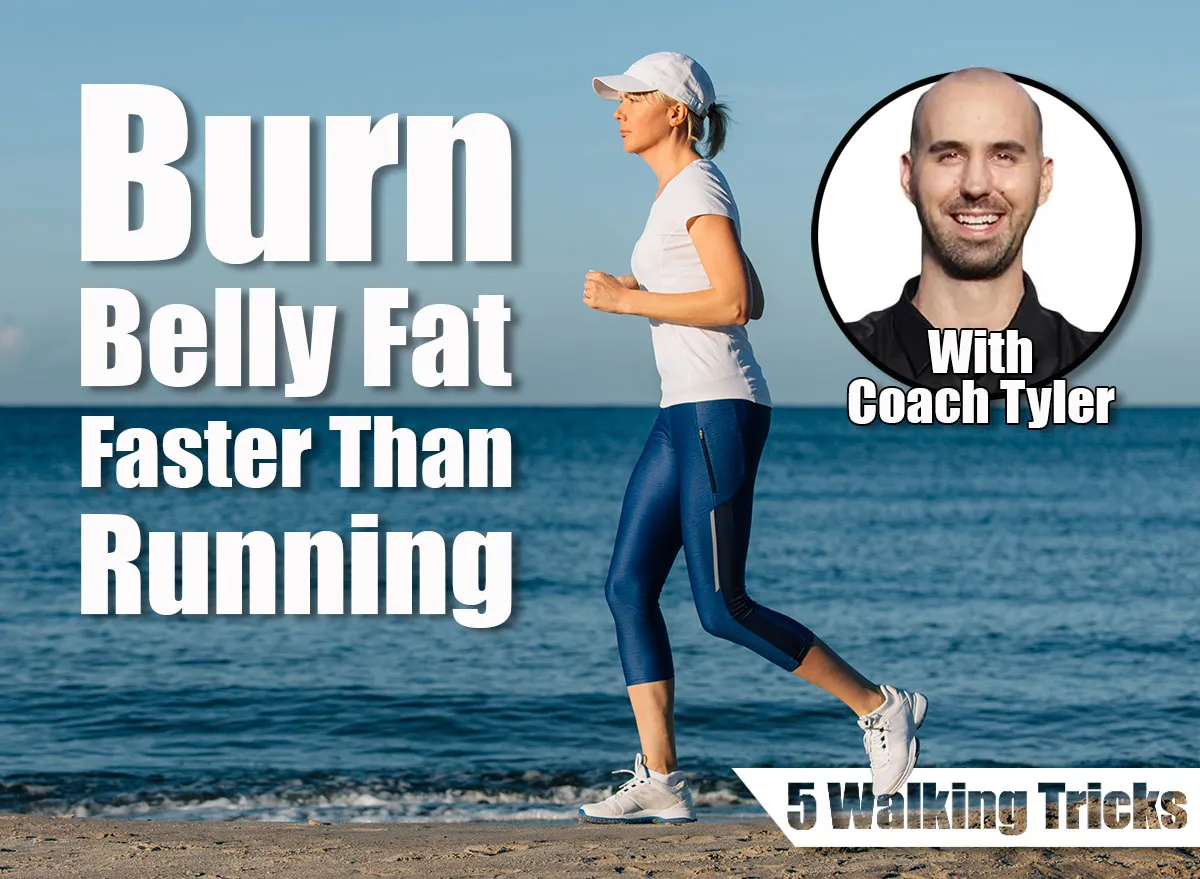“], “filter”: { “nextExceptions”: “img, blockquote, div”, “nextContainsExceptions”: “img, blockquote, a.btn, a.o-button”} }”>
Heading out the door? Read this article on the new Outside+ app available now on iOS devices for members!
>”,”name”:”in-content-cta”,”type”:”link”}}”>Download the app.
I had no idea what I was saying yes to before I started hiking Breakneck Ridge in upstate New York. (Yeah, I know, the name should’ve given it away.) It was miles and miles of uneven terrain to traverse and walls of slippery rocks to climb. “Tighten your core,” I kept telling myself, thinking that would be my saving grace to prevent injury. Years before, I was told by a physical therapist that a weak core was the cause of my back pain and I had to engage my abs—whatever that means.
I’ve noticed this same type of self-talk on my yoga mat. For years in Warrior 1, I’d automatically suck in my stomach, something I figured somewhere along the way that I should do. Of course, that became more confusing in poses like Upward-Facing Dog or Camel. The assumption that I should be squeezing my abs *at all times* to strengthen my core was creating confusion around even the simplest of movements.
I’m not alone in falling under the influence of vague sayings and assumptions about the core, says Andy Fata-Chan, doctor of physical therapy co-founder of Moment Physical Therapy and Performance. He explains there are many misconceptions about the core—including how to engage it, strengthen it, and use it in everyday life.
But the body is a lot smarter than we give it credit for, explains Fata-Chan. And optimally using the core doesn’t need to feel robotic or forced. In fact, it should feel natural—and chances are you’re probably already practicing that in your everyday life.
5 Core Myths, According to a Physical Therapist
Turns out, it might be easier to describe what not to do when it comes to using the core.
1. You Should Squeeze Your Core ALL the Time
Not only is it unrealistic to constantly engage your abs, it can actually be taxing on your body, says Fata-Chan.
“The typical way we think about core training is to brace as hard as you can,” says Fata-Chan. But bracing the abdominals restricts the spine’s range of motion.
It makes sense to brace your abs when recovering from injury or lifting a particularly heavy object (think barbells at the gym), says Fata-Chan. But if you’re reaching down to pick up a pen off the floor, you don’t necessarily need to tense your abs.
“If someone keeps bracing their abs, then tries to extend into a Cobra Pose, those muscles are not going to want to lengthen,” he says. The goal should be to move as fluidly as possible. The more freedom of movement you have, the stronger your core—and vice versa.
2. Neutral Is a Static Position
How many times have you heard a yoga teacher cue a “neutral spine”? There’s a false narrative around the back’s neutral position, in which people seem to draw an imaginary line from their ear down to their foot and think they should maintain that position all the time, explains Fata-Chan.
Standing in neutral doesn’t mean your spine is as straight as a rod. “Even when we stand in ‘neutral,’ we still have a postural sway—back and forth, side to side,” he says.
There isn’t one position or “perfect alignment” your body should be in at all times. “If there was one perfect way to stand and move, we would put way too much stress on the same core tissues,” he says.
Instead, view neutral as a zone, Fata-Chan advises. “We’re always moving in and out of neutral.” Fata-Chan even encourages clients to practice intentional slouching as an exercise. (Yes, you heard that right.) Though we talk a lot about preventing slouching, he likes to remind clients that they should be able to move in all directions comfortably.
3. You Should Never Anteriorally Tilt the Pelvis
Although you may have heard a yoga teacher or physical therapist advise that you need to reduce an anterior tilt of the pelvis, that doesn’t mean your pelvis should never tilt forward.
“We have to not demonize positions of joints,” says Fata-Chan. “The pelvis can anteriorally and posteriorly tilt, that’s part of the full range of motion at the pelvis in the sagittal plane—just forward and back,” he says. If you were to never anteriorally tilt your pelvis again, that limits half of that range of motion, says Fata-Chan.
Of course, treating discomfort or pain related to an anterior pelvic tilt is essential. But even then, it likely doesn’t involve avoiding an anterior tilt forever. Addressing the issue typically means you work on strengthening and stretching the necessary muscles so your pelvic can freely move in both directions.
4. You Need to Overthink Every Movement
Unlike how I used to approach hiking and yoga with a constant “Squeeze your core!” refrain running through my head, Fata-Chan says activating the core doesn’t have to be—and usually isn’t—that complicated.
You don’t even need to think about engaging the core to actually do it. Typically, the body adapts in any given situation to engage the muscles it needs. Fata-Chan uses the example of awkward positions we put ourselves in every day, like crawling into an attic or reaching underneath a bed. We don’t have to think about relaxing certain muscles and engaging others. It just happens. And the more we move intuitively, the more our body adapts.
“Give yourself more credit,” he adds. “The body can provide the right amount of tension to get the job done.
5. Strengthening the Core Means…Crunches
Not only can you safely let go of the impulse to squeeze your core at all times, but the idea that the only way to strengthen your core is by crunching or “sucking in” the abs likely isn’t serving you, either.
The simplest exercise you can do for your core? “Take a full breath,” says Fata-Chan. When you slowly and fully inhale, you feel the core expand. When you exhale completely, you’ll feel the deep core and oblique muscles engage—not to be confused with bracing the core, he explains.
Fata-Chan cues his clients during various movements to, “Exhale as much as you can, and maintain a little bit of that core tension.” That sensation in the abs is exactly what you can carry with you into other exercises.
And using your core isn’t just about flexing—extending is just as crucial. Fata-Chan guides clients into the supported backbend known as Sphinx Pose to lengthen the abdominal muscles.
He also has clients practice Standing Forward Bend to teach them how to relax the core muscles. “Sometimes we protect our backs too much,” he says. Just as bracing the core leads to tension in the back, restricting movement in the back doesn’t help the core move optimally. “A toe-touch is a great way to see where in the spine you’re holding tension and learn to relax every segment,” Fata-Chan says.
As for more dynamic core-strengthening moves, Side Plank works the often-overlooked obliques and glutes, says Fata-Chan. Once you’re comfortable in the static position, he recommends slowly lowering the bottom hip to the floor and then lifting up as high as you can.
A key indicator of core strength is being able to move into and out of positions, says Fata-Chan. After all, the real test of strength is how well your core supports you while you move not just on the yoga mat or at the gym, but in everyday life.











Leave a Reply